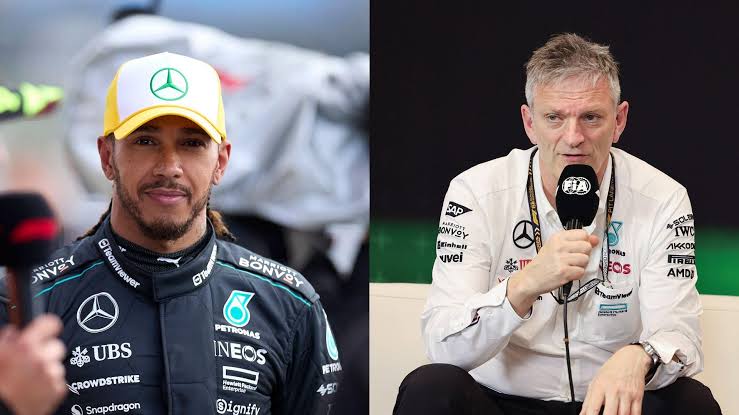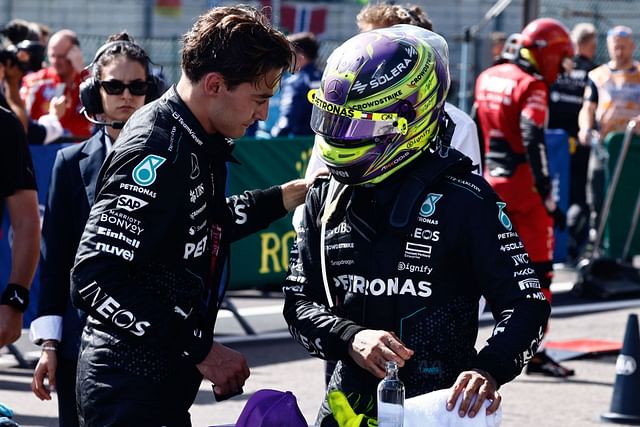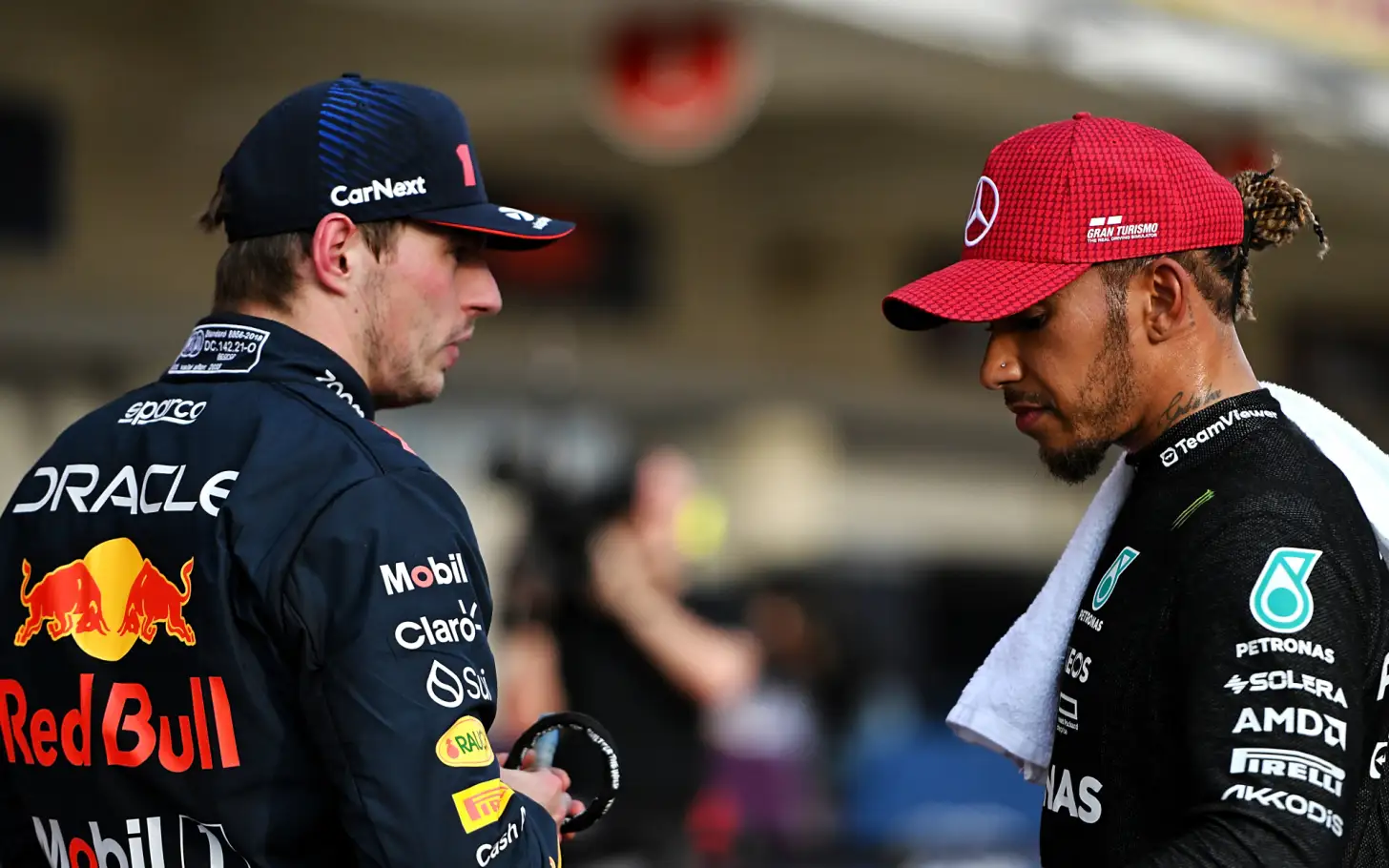The Technical Director of Mercedes, James Allison has explained why Lewis Hamilton didn’t get the same set-up change as George Russell for the United States Grand Prix. Hamilton had a disaster in qualifying, which meant he started near the back of the grid. His teammate Russell crashed in qualifying, but Mercedes opted to change his car.
Hamilton finished 19th fastest in qualifying but was elevated to P17 on the grid due to grid penalties for other drivers. The Brit continued to struggle with the Mercedes car, which eventually caused him to spin out of the race.
He was beached in the gravel trap, ending a disappointing US Grand Prix weekend early. Meanwhile, Russell advanced through the field from the pitlane and finished sixth. One place ahead of Red Bull’s Sergio Perez.
Due to his position on the grid, Mercedes had the chance to take a cheap penalty and try and fix the problems overnight. But they decided against it. “We talked about it, and it was an option to do what George did, to start from the pit lane having changed the setup on his car between qualifyingand the race,” Allison said.
“We did not actually have any reason to think there was much wrong with Lewis’ setup. He had his best body work on, he had the grid position we had which is further up the road than starting from the pit lane and so why not start where you have qualified even if it was not the place you wished you had qualified. That was uppermost in our mind with respect to setup changes.”
Why Mercedes did not change Hamilton’s F1 engine
An engine change was also not taken. “If you do put another engine in, you go to the back of the grid because of the grid place penalty, and start from the pit lane, but you do not get to just put another engine in and not pay for it financially,” he continued.
“If your engine breaks because it has got a problem, then the way the rules are written is that you can have another power unit at that point and have it not impact your cost cap. But if you just say I want one because I want one, that is a different matter.
“You must pay for it, and that would not have been a good trade. The freshness of a new power unit would have lifted the lap times fractionally but the cost in cost cap hit would have not made that worth paying for,” Allison concluded.



